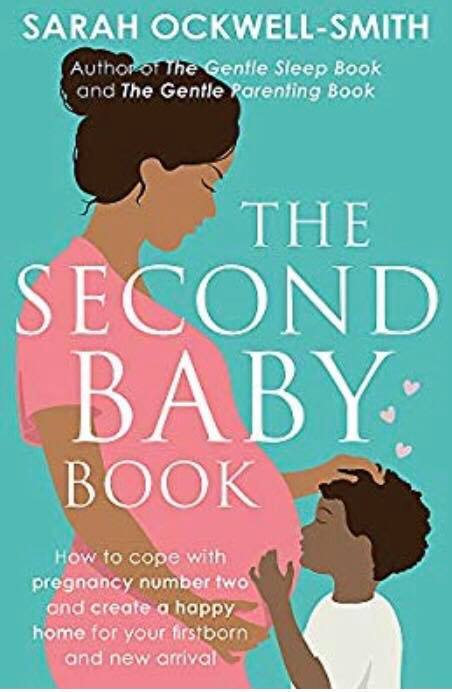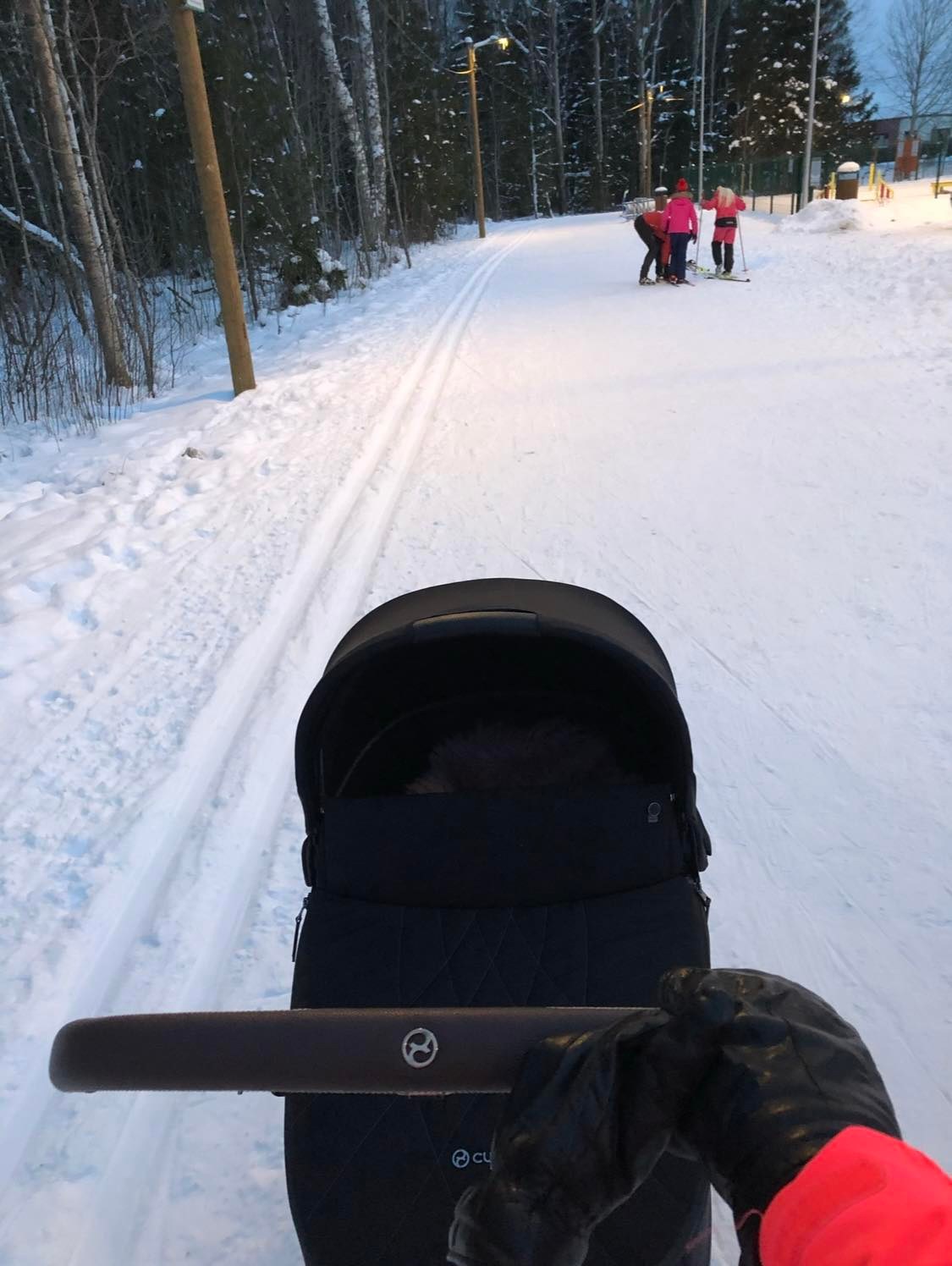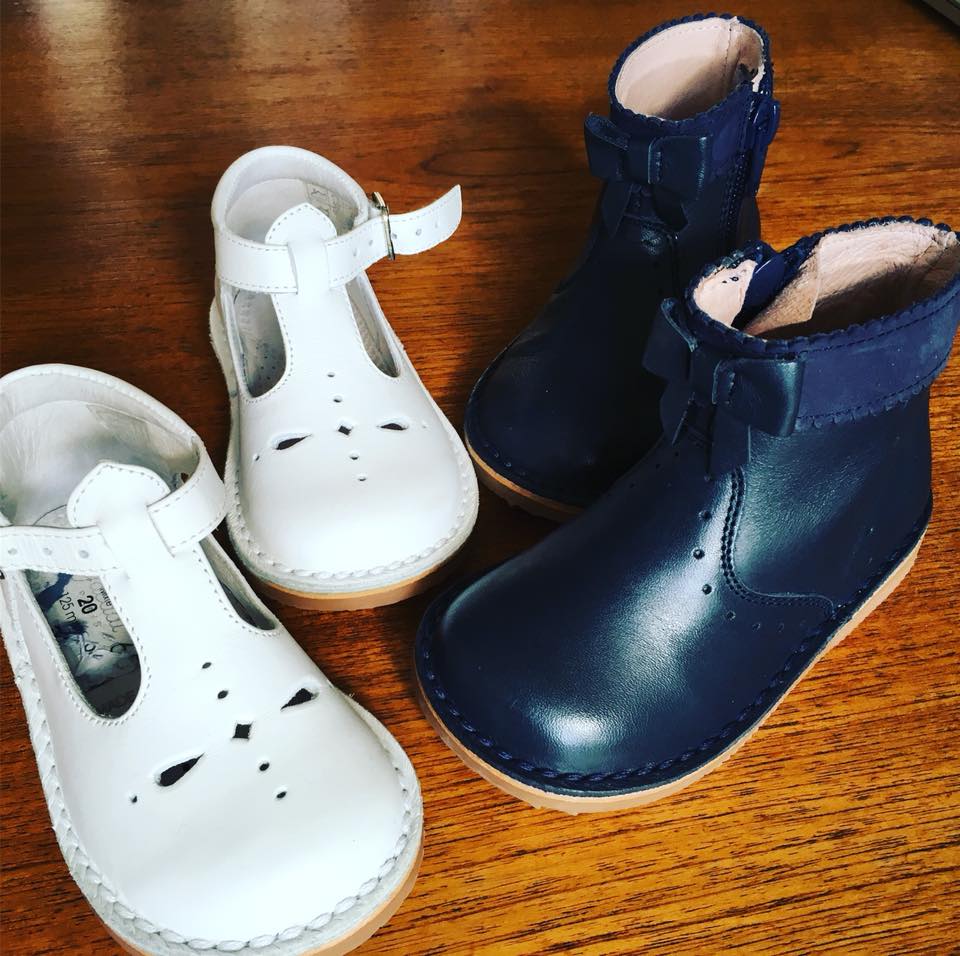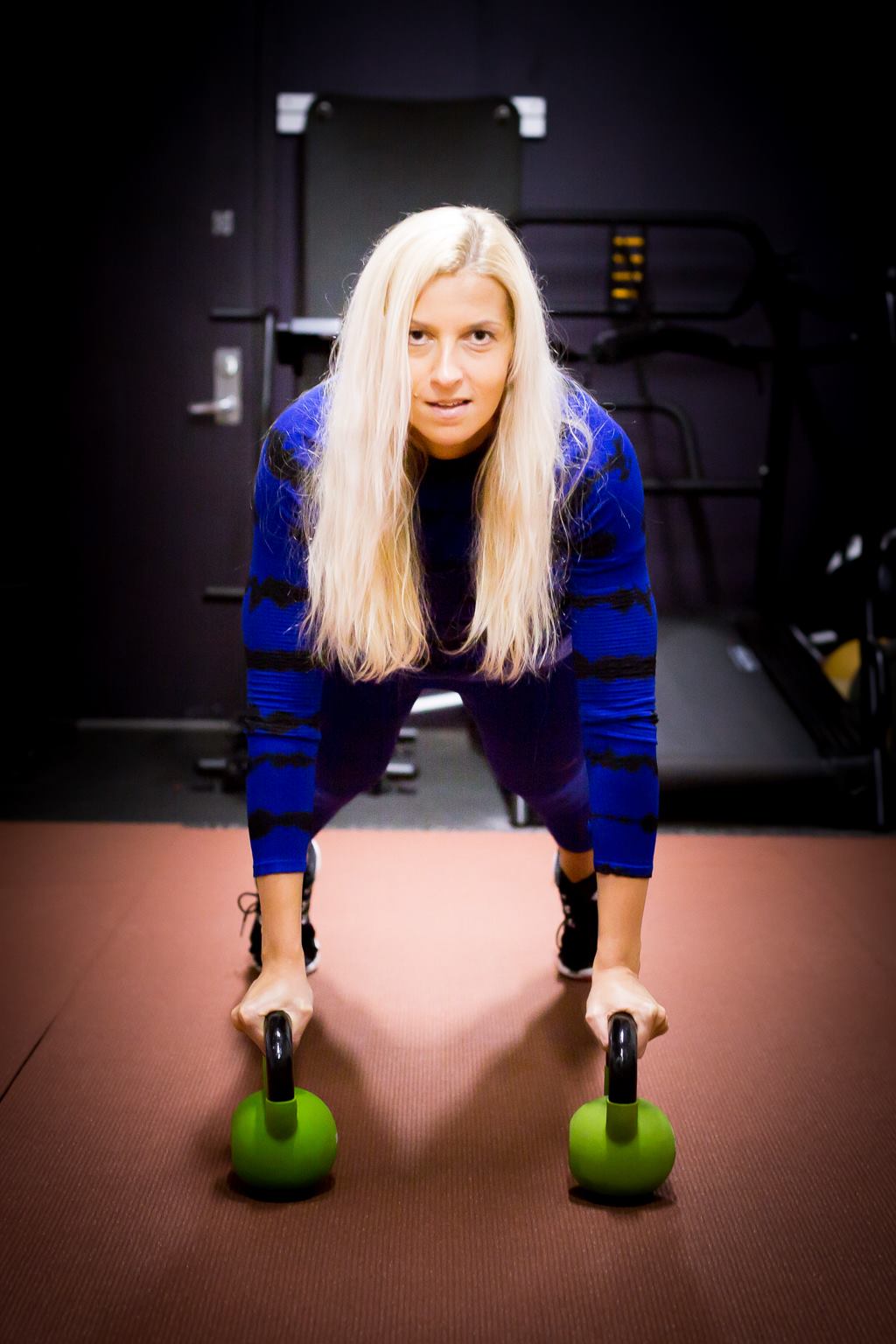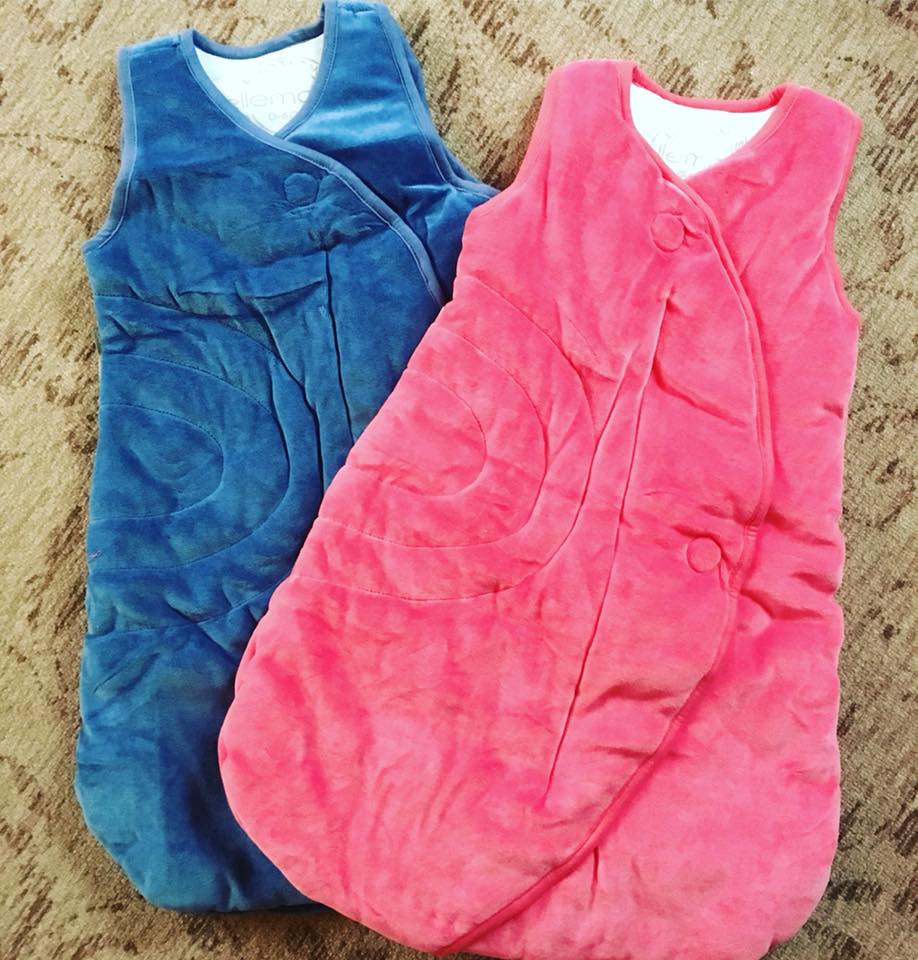I’m just going to dive straight into it.
Babies should usually wake up around 7-8am and then it’s time for breakfast. For those who wish to start giving additional food, I would advise to look towards carrot puree (least likely to cause allergic reactions, but please do be careful if either of the parents have ever had an allergic reaction towards carrots).
After breakfast it would be a good time for fun activities or for a nice walk outside.
Lunch could be somewhere between 10:30 and 12pm, depending how long the child has been awake for and when they woke up in the morning.
Lunch nap could be somewhere around noon and then 1-3 hours of sleep depending on the child.
After the nap it’s time to eat something again. For children who eat solid foods, they could have something like an apple compote or some fruit.
A smaller child would probably need a 30-minute beauty nap around 4pm again and after this it would be nice to go ahead with another walk outside.
For babies, bath time ideally should be around 5.30pm and 6pm. Bathing of course does not mean a big washing up and you most certainly do not need any soaps or other chemicals. If the water is a little coarse, drop some breast milk into the bathing water which will neutralise the water and will make the baby’s skin soft. So that the baby would last the bathing session, you could breastfeed 5 minutes beforehand or give them 30ml milk solution.
After the bath it would be time for dinner and for this keep the TV completely off or on very quiet. The lights should be dimmed. And at 7pm it’s time for sleep.
Now here I usually get a lot of questions about the baby not falling asleep on their own, either they scream or start throwing tantrums. Then it’s time for a small blanket or a dummy. If you have a small special blanket, then the child will probably play with it for a while and then will fall asleep. If they do start screaming, you can pick them up and calm them down (do not turn on any bright lights), and place them back into the bed. It may take a couple of hours before the baby finally falls asleep (a good exercise for your arm muscles), and I would advise to have the dad to help with this. The best solution would be to leave this to the dad. If they do not want a dummy and you do not have a small special blanket, then I would really advise to get one. And you do not have to spend humongous amounts of money on this, just go to a fabric shop and ask for a softer fabric around 10x10cm (key tip: if you put the fabric against your face and it feels nice, then you can rest assured that the baby will like it as well). You can also be creative and make it into a specific shape like a triangle or anything that you like – why not keep it fun? Tip for those who breast feed – drop some breast milk on the blankie and your child will accept it faster.
How to get the baby to sleep in their own cot/bed?
Practice with lunch naps before and put the t-shirt you have worn during the day around the mattress. It will smell like you and is very comforting for the baby.
What about the bedroom temperature?
As the body temperature will rise when it’s cold, then I’m afraid it will not cool down in case the bedroom is too hot. This may be a reason why the baby keeps waking up. The temperature should be around +16 and +20 Celsius. You will sleep better as well in a cooler room so keep this in mind.
What happens if the baby starts throwing tantrums after a couple of hours?
If the baby does not wake up but keeps moving around, then you do not need to take them out of their bed or feed them. Let them be. Babies have the same sleep phases as adults do.
If you now read this and were freaked out as your bathing time is around 9pm or 11pm and your baby gets to bed after midnight, then you can be sure that the baby is overtired and the day is too long for them.
How to get the child into a schedule you wish?
Definitely do not change everything overnight, start by shifting these every day by 5 or 10 minutes until you reach the time that suits you. If you have perfected the schedule, then it takes the baby up to 2 weeks to get used to this. You can also use this to move the nap times or feeding times.
What to do when a child wakes up in the middle of the night?
You do not have to do anything before they start screaming, as quite often they will fall asleep on their own. If you do wish to stop the night-time feeding, you should shift these times 5-15 minutes per day onwards or backwards.
And what if they have additional food?
Babies who have additional foods, the morning breakfast option could be a good porridge and either breastmilk or milk formula. For lunch I would advise a vegetable puree, and after the lunch nap maybe opt for something sweeter, like a fruit puree. For dinner vegetable puree once again. The best foods are prepared at home.
How much food should I give?
First get the baby accustomed to different tastes and textures by giving them half a teaspoon to try. If they would like more, trust your instincts and give a little bit more.
How to understand if the baby is full from the puree?
If the baby eats well, but at some point starts pushing the spoon away or turns their head away, then this is a sign that their stomach is full. Do not be surprised if at once they eat 200-300ml of puree.
All of this at once can be a little overwhelming. So what to do when you are trying to sush the baby to sleep or try another trick from your tricks arsenal, but you are now exhausted and nothing helps? Then breathe in and out, and go back to basics. Read the top part again where I explained a little about how the best way would be to pick them up from their cot when they start screaming, comfort them until they calm down and then place them back in the cot.
If you go out for a stroll with the buggy and the baby cries, then do not let it stop you from that walk as the baby will fall asleep within 5-10 minutes. Do not worry about what others think, as it is your child and you know it will pass.
What to start with?
Make yourself a plan what you wish to change in the beginning and take one step at a time. Keep in mind that it is not good to stress yourself with this either.
I do always say that children are given to this world to teach us patience. And the second thing I say, like in one of the classical Estonian movies, is that if you can’t do the whole thing, do half of the exercise. If your daily schedule does shift up to 45 minutes, then this is completely alright.
NB! Keeping in mind the baby’s safety, do not use a blanket which the baby can pull over his or her head, but use a sleeping bag instead, where the arms are free and body covered.
All questions are more than welcome and I will answer these with pleasure.
